Historic ties to labor

At Henry J. Kaiser’s request, Sidney R. Garfield, MD, organizes prepaid health care for the largely unionized workforce at Kaiser-managed shipyards.
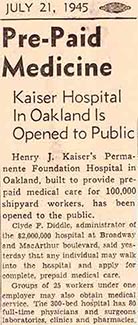
The Permanente Health Plan (which later became known as Kaiser Permanente) opens to the public, with support from the California Congress of Industrial Organizations and the American Federation of Labor’s Alameda County Central Labor Council.
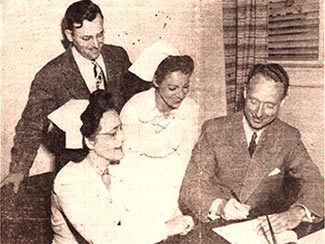
Sidney R. Garfield, MD, signs the first union contract with Kaiser Permanente nurses represented by the CIO-affiliated Nurses Guild.
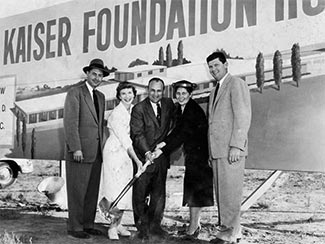
Kaiser Permanente expands in Southern California after the International Longshore and Warehouse Union requests health coverage for its Los Angeles harbor workers.
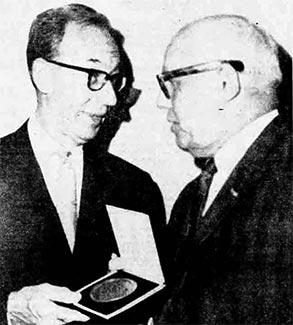
Henry J. Kaiser receives the Murray-Green Award from the AFL-CIO. Kaiser is the first business leader recognized by the labor federation.
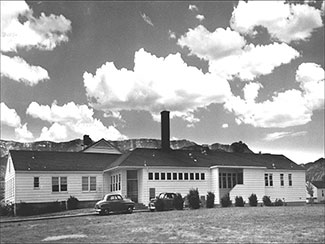
Kaiser Permanente expands east into Colorado, with support from union leaders who rally for high-quality, affordable health care for union workers.
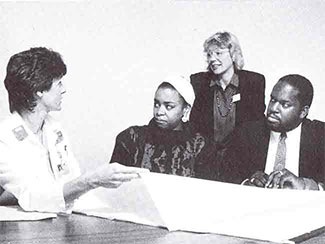
Kaiser Permanente establishes the Bridge Committee at our San Francisco Medical Center to improve service, morale, and operations. Members of the committee include physicians, administrators, and both union and nonunion employee representatives. The team meets monthly to connect and share information.
Twenty-six local unions form the Coalition of Kaiser Permanente Unions to better coordinate bargaining with Kaiser Permanente.
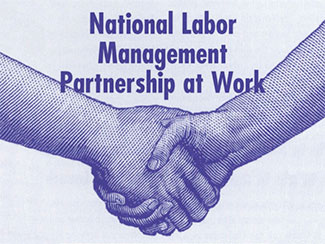
Kaiser Permanente and its unions establish the Labor Management Partnership. Through the partnership, managers, union-represented employees, and physicians work together to address issues and cocreate solutions based on their unique experiences and perspectives.
Kaiser Permanente and the Coalition of Kaiser Permanente Unions reach a national labor agreement and agree to a 5-year contract.
A new national agreement between Kaiser Permanente and the Coalition of Kaiser Permanente Unions includes, for the first time, joint marketing of Kaiser Permanente.

The 2010 national agreement between Kaiser Permanente and the Coalition of Kaiser Permanente Unions sets consistent, uniform criteria for assessing the performance of unit-based teams.
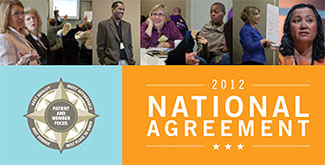
The 2012 national agreement between Kaiser Permanente and the Coalition of Kaiser Permanente Unions creates the Total Health Incentive Plan, which builds on Kaiser Permanente’s strategy of supporting wellness at work.
Unions in the Coalition of Kaiser Permanente Unions contribute to the signing up of tens of thousands of new Kaiser Permanente members through the Affordable Care Act.
The 2015 national agreement between Kaiser Permanente and the Coalition of Kaiser Permanente Unions includes a jointly developed flu vaccination policy for health care workers who interact directly with patients.
Kaiser Permanente’s Labor Management Partnership reaches 150,000 members and celebrates its 20th anniversary.
The Alliance of Health Care Unions forms. Kaiser Permanente and the Alliance establish a new Labor Management Partnership agreement.
Kaiser Permanente signs a 4-year national agreement with the Coalition of Kaiser Permanente Unions.
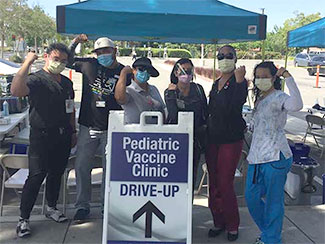
The global COVID-19 pandemic begins. Our response highlights the best of the partnership between Kaiser Permanente and its unions. Union members and front-line managers work together — quickly coming up with innovative, evidence-based care solutions that save lives, like a drive-up pediatric vaccine clinic at our Fontana Medical Center in Southern California. Union leaders join command center and surge planning calls with Kaiser Permanente leaders. Faster decisions are made by directly involving labor in operational meetings.
Most in-person appointments are canceled. Many clinicians with canceled appointments take on other care roles, with the help of planning between union leaders and management. This shows how the partnership helps the organization respond quickly.
Kaiser Permanente signs its second national agreement with the Alliance of Health Care Unions.
The Labor Management Partnership marks its 25th anniversary.
Kaiser Permanente signs a 4-year national agreement with the Coalition of Kaiser Permanente Unions.
Kaiser Permanente works with over 40 unions — representing over 80% of our employees — to improve care and service, reduce costs, and work more effectively to deliver on our mission.